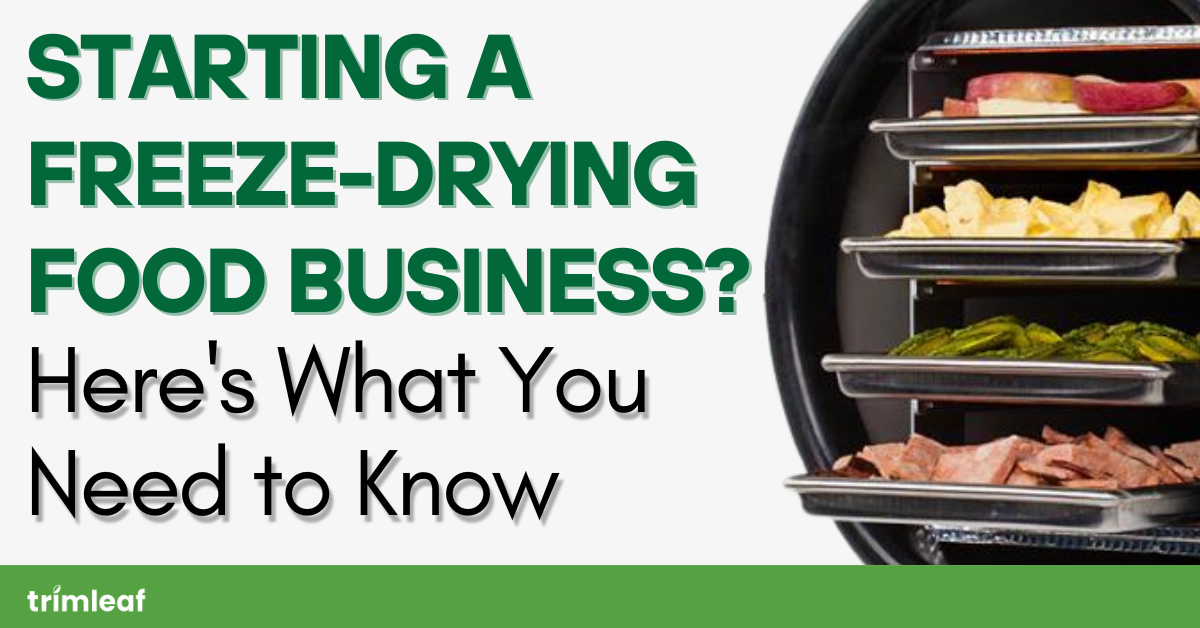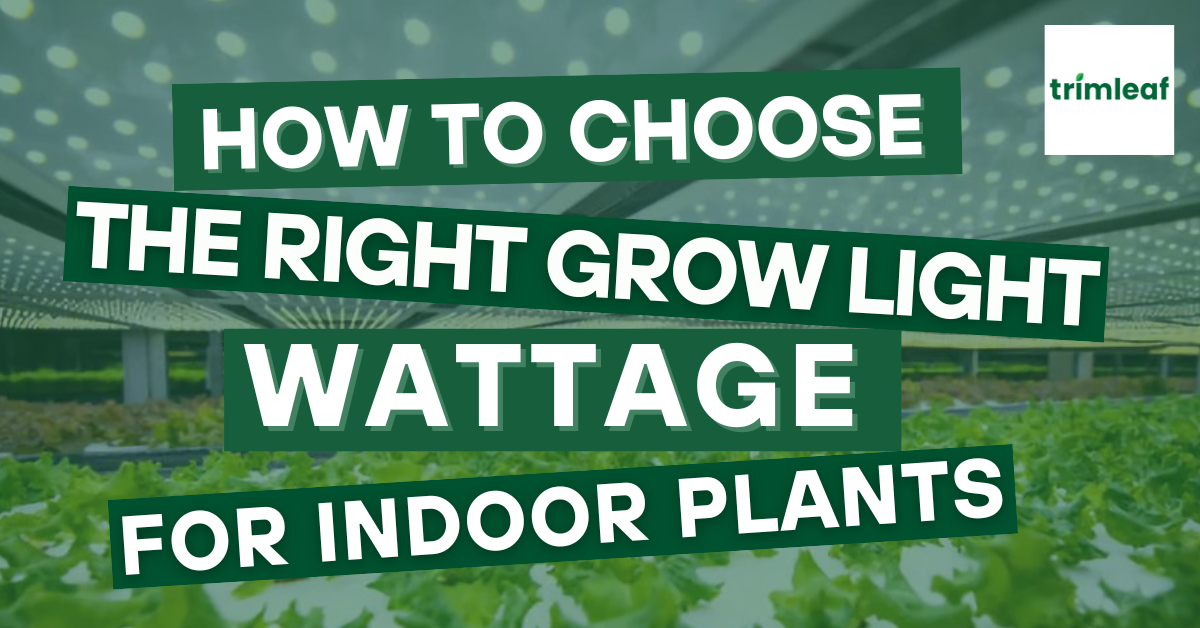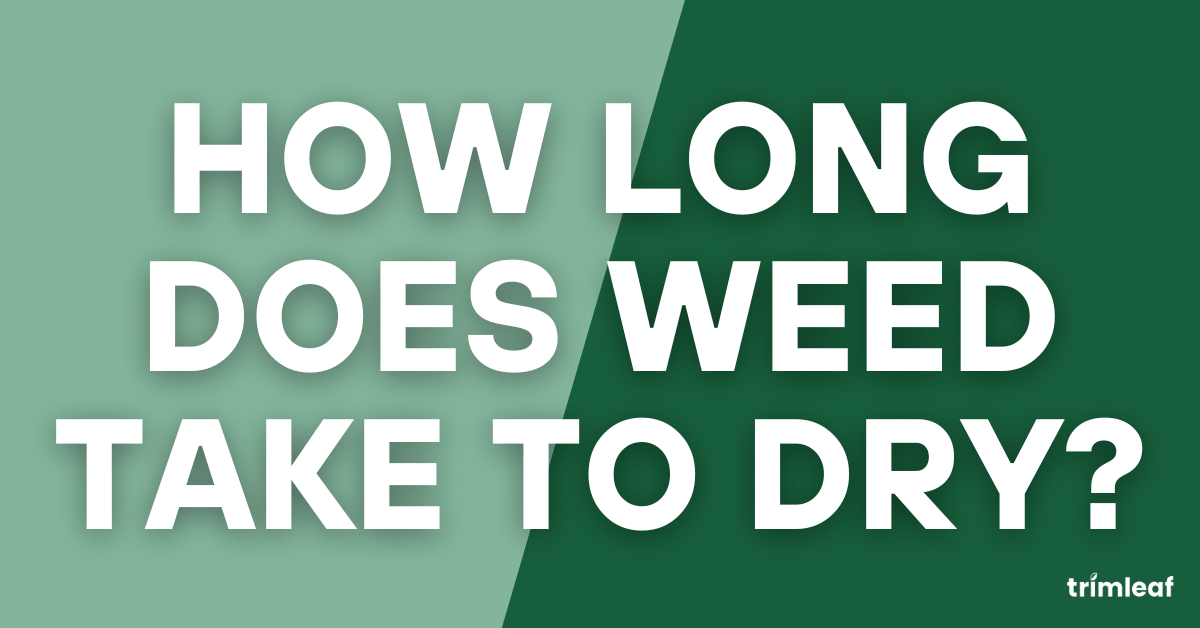
Waste disposal remains as one of the biggest challenges in the whole processing cycle of cannabis.
As it is, the standards of disposing of these wastes must adhere to it becoming safer to handle, without risks of contamination.
Disposal requires you to identify the kind of cannabis waste, as there are protocols that go with it.
As a rule of thumb, it is better to hire an accredited firm to handle liquid wastes, or those that involve chemicals. That would reduce the risks of mishandling and harm, which is the last thing you want when disposing of waste.
It may cost more, but as long as you go for an accredited provider, you won’t have any issues.
For solid cannabis waste, you can begin processing in your facility. While you can opt to have an accredited waste disposal service do the job, the solid waste disposal can be handled right in your place.
The first step to disposing of solid cannabis waste is to render them unusable and undistinguishable. While some laws don’t need this, this step helps a lot as it would help you save space. Also, it helps to err on the safe side.
Shredding the Plant Waste
To begin the process, the first thing you need to do is shred the plant waste into fine bits, which you can mix with other biodegradable wastes that you will dispose of.
There are also plant shredders that help you process your plant waste and make the process easier. Brands like
Triminator and
Plant Muncher have shredders that can take on hundreds of pounds of plant waste in an hour.
 The Triminator Shredmaster 5 can shred up to 500lbs of plant waste in an hour.
The Triminator Shredmaster 5 can shred up to 500lbs of plant waste in an hour.
Once you have shredded your plants, you can now mix it with your other biodegradable waste for disposal.
The mixture you make to dispose of these shredded cannabis requires a mix of at least 50 per cent non-cannabis material. There are a lot of options to create an unusable and undistinguishable mixture, such as garden trimmings, animal waste, sawdust, and sand.
The challenge here is being able to find non-cannabis waste to blend with the mixture. If you have 500 pounds of cannabis plants for disposal, that means finding the same quantity of waste to mix in.
Once you complete the mixture, there are four possible ways of going about disposing of the cannabis waste mixture.
Methods for Disposing
Composting
Composting is a viable option, especially if you want to firm up your soil with nutrients for the next harvest round.
But, this option is not viable if you had mixed chemicals in the plants or mixture to render your waste useless. Composting with chemicals added in the mix will only harm your soil, and worse, your plant later on.
If chemicals were added in the cannabis waste mixture, you need to look at other disposal methods.
Sending the Waste to a Landfill
Look for accredited landfills that accept cannabis waste for disposal.
Accreditation is crucial here as you do not want to dump the cannabis waste anywhere, especially if there are chemicals in the mix.
As it is, any chemicals may cause environmental or health issues if mishandled during the dumping.
Government agencies are tracking landfill dumping of cannabis, given all the risks it involves.
Incineration
The advantage of incineration is that you do not need to mix your cannabis waste with non-cannabis waste. The burning process will handle the rendering to an unusable state by reducing the waste to harmless ash.
This option is also viable, especially if you have toxic substances or non-biodegradable waste that need to be discarded.
The downside is also the environmental risks it carries. It’s a given fact that incinerating waste burns at high temperatures, which results in fumes that may be harmful.
If you are not aware of what is in the waste, the health risks also increase with incineration.
Should you plan to use incineration, you should also check your local laws if there are any permits you need to get before operating.
In-Vessel Digestion or Composting
The advantage of the In-vessel method is that it requires less space, and processes the compost faster than the regular compost mixtures.
But, you will need a specialized set up to accommodate the equipment needed for this setup.
But given the benefits it imparts, in-vessel is an efficient waste processing method worth exploring, given how sustainable it is.
Other Methods
The four (4) methods listed above are the most common ways to dispose of cannabis.
While these are tried and tested, there are other innovations that you can try in disposing of cannabis.
There’s the Bokashi Method, which ferments your cannabis waste and render it into bio pulp, which you can sell or cycle back to the soil as fertilizer.
Another method worth checking is the use of Organic Reactors and Biomass Eco-Boilers. These machines let you turn your cannabis waste into a biofuel.
This conversion can help you reduce waste weight by 80 per cent and can produce an odor-free fuel for hot water or steam energy systems.
Conclusion
There are a lot of ways to dispose of cannabis waste.
But, between all the methods listed, composting, whether regular or in-vessel) seems to be the way to go. As a sustainable system, it encourages a more organic process for growing and disposal.
Given all the benefits of organic products, the composting method should be encouraged for all growers.
The Bokashi and Biofuel conversion are also promising, but the latter will need you to invest more.
But regardless of what method you choose, you must dispose of your cannabis waste in the right manner, without causing any harm to our ecological system.




